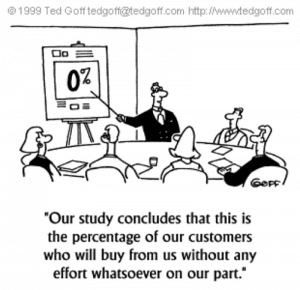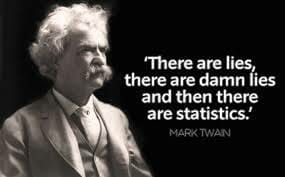If your nonprofit organization has business people on the Board, some of them may be in marketing. Some may be in sales. And all of them will know the difference.
You should too.
Marketing vs. Sales: The Difference
According to Laura Lake, the author of Consumer Behavior for Dummies, business people can see a clear line between marketing and sales.
If we broke it down to the basics, marketing is everything that you do to reach and persuade prospects and the sales process is everything that you do to close the sale and get a signed agreement or contract. Both are necessities to the success of a business.
Let’s translate this into nonprofit language. Nonprofits market their services to donors. Donors are the ones who pay you to do what you do, even if someone else (a consumer or client) receives the service.
Marketing is communicating with your donors. Sales is appealing to them to give money.
Are You Marketing to Donors, or Just Selling?
Marketing and sales are both necessities for businesses. “Without marketing,” Lake writes, “you would not have prospects or leads to follow up with, but yet without a good sales technique and strategy, your closing rate may depress you.”
Communications and fundraising are both essential for nonprofits.
Without donor communications:
- Your first-time givers will forget why they gave…or even that they gave.
- Your repeat donors will wonder what you did with their money and whether it made a difference at all.
- Your retention rate will fall. You will have to spend seven times as much money to acquire a new donor as it would have taken to keep the donor who supported you before.
- You will raise less money.
But without a good fundraising appeal (your sales pitch!):
- Donors will give to other organizations and not to you.
- Donors to your annual appeal may never consider giving a major donation, or giving monthly, or giving in their wills.
- You will raise less money.
Marketing Leads to Sales. Communications Leads to Gifts.
Too many nonprofit organizations focus on the sales aspect of their relationship with donors–to the exclusion of the marketing aspect. We buff our fundraising appeals to a high shine…when what really makes those “asks” successful is the relationship we build in between. The way you build relationships is through donor communications.
Communicate! Consulting can help you do both. If you want consistent, loyal support from the people who keep your nonprofit in business, write me: [email protected]. Because marketing and sales are too important to leave to stores., and you can do them well.


